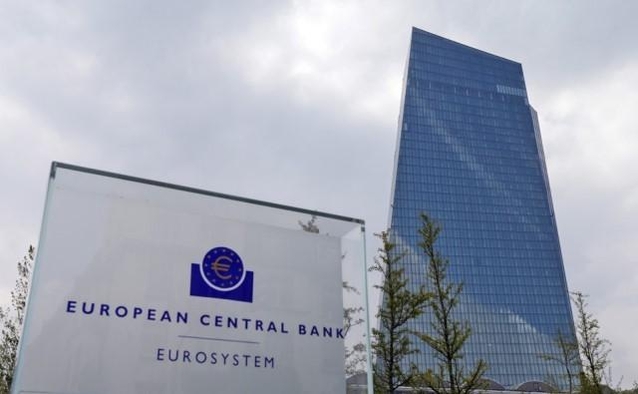Input 2020.12.29 16:00
According to the real estate industry on the 29th, President Moon Jae-in announced that he would create a’residential ladder’ as a public rental housing that even middle-class people can stably live in rental housing for a long time.
However, there are opinions that the government and the ruling party should increase their own ownership rate and share in Germany, which is a leading example of public lease. The Bundesbank, a German central bank, recently published a report stating that it should seek ways to increase its low self-holding ratio.
Germany’s own ownership rate is 45%, the second lowest among OECD member countries after Switzerland (40%). According to the Ministry of Land, Infrastructure and Transport, Korea’s self-holding rate is 61% as of 2019, but only 54% if the region is limited to the metropolitan area.
A research report on’The Reason for Low Home Ownership in Germany (2020)’ reports that the German government provided tax benefits for leases and regulated mortgage loans in order to stabilize the housing market. It said that this has expanded the issue of asset inequality.
Similar studies have been published in Korea. The Korea Institute of Land, Infrastructure and Transport announced in a report on the’role of housing in asset inequality’ released in October that “the difference in total asset inequality was quite large depending on whether or not housing is held.”

Some research suggests that multi-householding should be viewed as a strategy for retirement. According to a study entitled’European Multi-homed People: Asset-Based Welfare Strategies and Balances’ published in the 2020 issue of the International Housing Policy Journal, there is a certain correlation between multi-homes and pension systems in the European Union.
The more difficult it is to live after retirement with the public pension alone, and the higher the class who deviates from the private pension system such as retirement allowance, such as the self-employed, the more they tend to pursue rental income by owning additional houses in addition to their residence. Based on the results of a household finance and consumption survey conducted by the European Central Bank (ECB) in 2014, it is the result of analyzing the proportion of multi-homed people and the private rental market in 20 EU member states such as Germany, France, Spain and Italy.

Meanwhile, there are many countries that actively encourage housing ownership. Singapore, a city-state compared to Seoul in terms of area and population density, is a prime example. Singapore’s own ownership rate is close to 90%. This is the result of the first Prime Minister Lee Kuan-Yu’s policy to support the establishment of a home, arguing that “the middle class is the future and self-ownedness makes the people happy and wealthy.” Since the 1980s, the UK has also turned to a policy of strengthening the’right to buy a house’ instead of public lease since the 1980s, and as a result, the self-ownership rate rose to 65%, rising to the top of the Western European countries.
Professor Shim Gyo-eon of Konkuk University said, “The proportion of public rental housing in Northern European countries is in the 20% range, but in Western European countries such as Germany, it is less than 10%, which is also a welfare level for low-income people in the first and second quintiles. “It is not a policy,” he said. “Considering the limitations of government finances, revitalizing the private rental market and increasing private pre-sale will have the effect of stabilizing housing prices faster than building and supplying public rental housing.”
